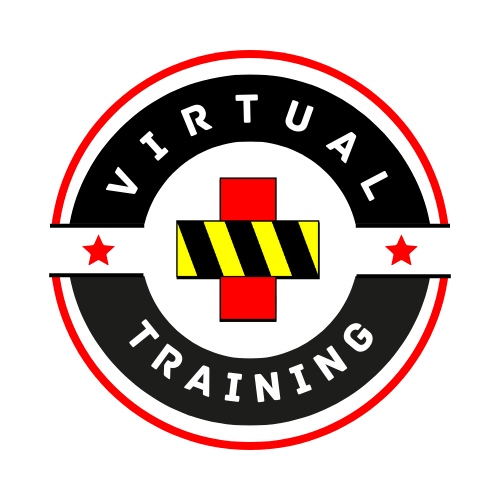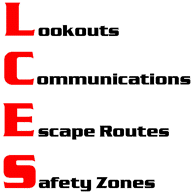How do we keep from becoming a victim ourselves?
As previously discussed, there are inherent risks involved in performing a Preliminary Damage Assessment. Those risks can are decreased when we understand how and why buildings fail ... and also by implementing communications procedures to use on site.
Power Tip
A couple of key points about L.C.E.S.:
- It enables us to utilize our available team members to increase efficiency and lower our operational risk.
- It was developed after multiple, preventable responder deaths during wildfires and has been used successfully in disasters of all types since then.
- The L.C.E.S. briefing should occur anytime anyone comes into or leaves from an incident area.
NOTE: For an expanded understanding of L.C.E.S. and how to smartly implement the principles into all manner of response, be sure to check out the course Responder Safety - L.C.E.S. in the course catalog.
(click image to learn more - opens in a new tab)
Now, let's break it down:
Lookouts -
The person WHO is designated to watch for signs of changing incident conditions, like secondary collapse or other deteriorating conditions.
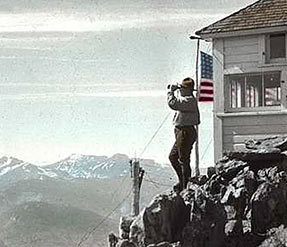
Communication -
HOW the people on scene will communicate and WHAT the signals are.
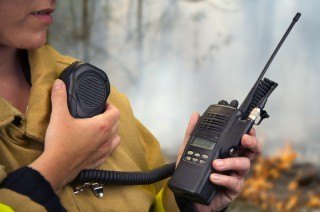
For example:
3 whistle blasts means to evacuate to safety zone and will continue until accountability is achieved.
All verbal communication will occur face to face, on tactical channel 3, by back up cell phone, etc.
Escape Route -
HOW and WHERE responders will escape the disaster area (bad place) to get to a better place. Often the way they entered but sometimes an alternative escape route is safer.
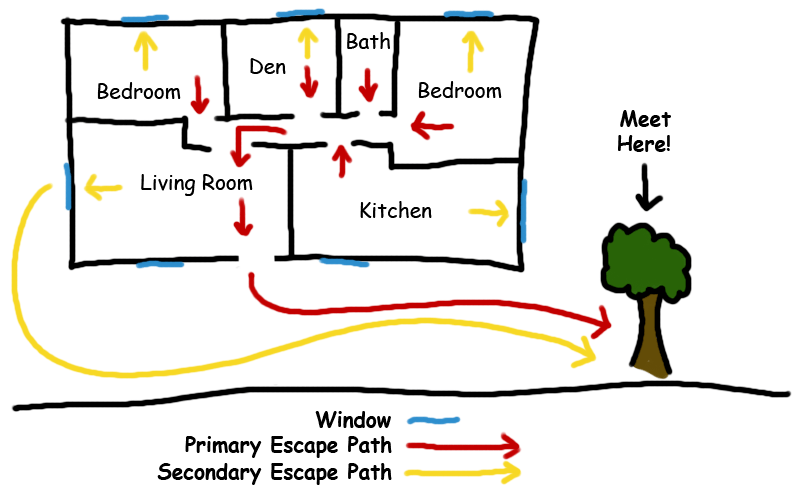
Safety Zone -
WHERE the responders will meet after an evacuation. Uphill, up wind and expandable in the event conditions continue to worsen.
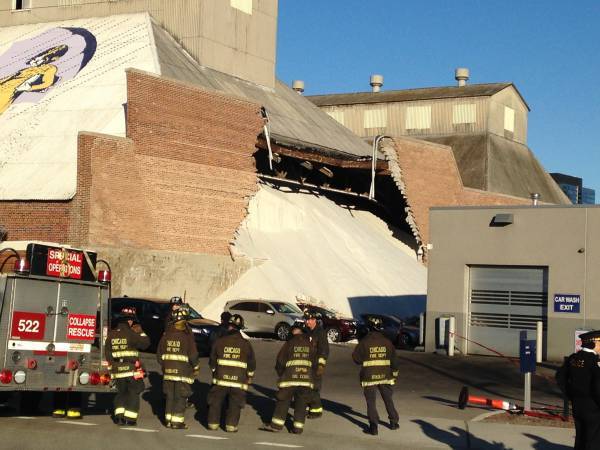
How Far Away?
1.5 times the height of the damaged structure is considered a safe working distance away. What does that look like where you are?
L.C.E.S. Example:
" Bill, you will be the safety lookout (lookout). If you detect an unmitigated safety concern during our operations, repeatedly blow your whistle in bursts of 3 (communicate) signaling us to evacuate. We will escape the area from the closest exit (escape route) and all meet at the stairwell A1 (safety zone) to establish accountability."
Congratulations for completing this lesson. Remember, learn more about L.C.E.S. by taking the Responder Safety course.
In the next lesson, we'll cover the supplied Preliminary Damage Assessment Form and how to fill it out. If you haven't downloaded and printed it yet, grab your copy below:
